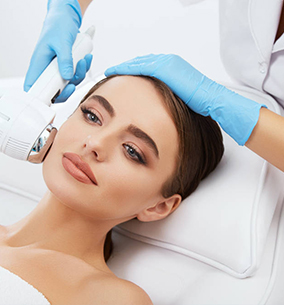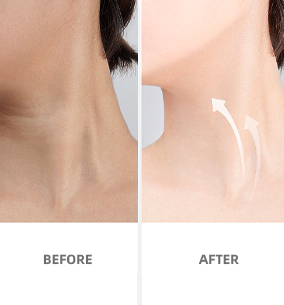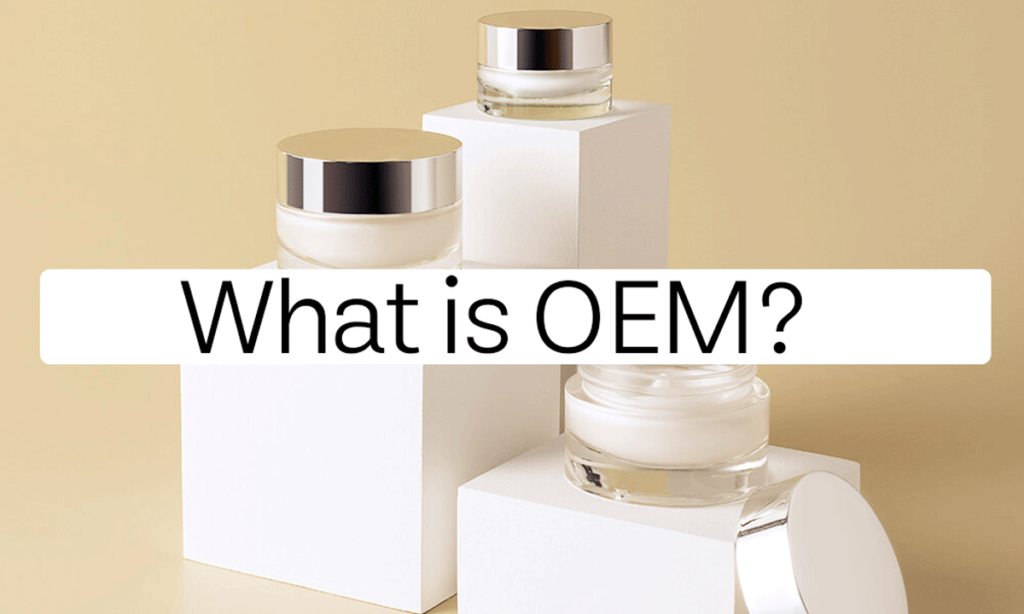An original equipment manufacturer is referred to as an OEM. They manufacture components or items utilized in the branded goods of another business. OEMs are excellent at designing, manufacturing, and delivering parts that satisfy customers’ requirements. These parts are used by the purchasing organization to build the finished items. OEM contracts take advantage of economies of scale and experience, freeing the purchasing party to concentrate on marketing and customer support. Furthermore, “OEM” can also apply to software, designating the original developer or producer of a certain product. Follow us for more information about OEM in beauty products.

Ordering Cosmetic and Personal Care Equipment with OEM
- Determine your needs: Find out what kind, characteristics, and quantity of equipment you require.
- Look up OEM manufacturers: Locate respectable companies that specialize in the equipment you need.
- Speak with producers: Give specific specifications and inquire about lead times, price, customization, and manufacturing capabilities.
- Request and review samples: Determine the equipment samples’ compatibility and quality.
- Bargain and make an order: Agree on terms of sale, payment, shipping, and personalization.
- Production and quality assurance: Maintain communication with the supplier and carry out quality assurance procedures.
- Organize shipping and logistics: plan for customs processes, transportation, packaging, and associated expenses.
- Complete the transaction and payment: Pay out in accordance with the terms specified and check the paperwork for correctness.
Explaining OEM (Original Equipment Manufacturer) and how it facilitates the ordering process for cosmetic and personal care equipment.
- Expertise and Specialization: Original Equipment Manufacturers (OEM in beauty products) are businesses that focus on producing certain parts, components, or whole products. Manufacturers concentrate on creating products such as skincare machines, haircare tools, packaging machinery, and other items related to cosmetic and personal care equipment.
- Customization: To meet the unique demands of their clients, OEMs frequently provide customization choices. This implies that they are able to customize the personal care and cosmetics equipment to meet your needs for branding, features, and specs.
- Production Capabilities: Original equipment manufacturers (OEMs) possess the tools, resources, and production capacities required to manufacture personal care and cosmetics equipment quickly and extensively. To make sure that the equipment is delivered on time, they have set up supply networks, quality control procedures, and production processes.
- simpler and streamlined ordering procedure: Working with an OEM frequently results in a simpler and streamlined ordering procedure. Via phone calls, emails, or online inquiry forms, you may speak with the OEM directly about your needs.
- Quality Assurance: Throughout the production process, reputable OEMs place a high priority on quality control. To guarantee that the cosmetic and personal care equipment they produce satisfies the necessary quality and safety requirements, they follow industry norms and laws.
- Supply Chain Management: Original Equipment Manufacturers (OEM in beauty products) are in charge of overseeing the supply chain for the parts and components they produce. This includes procuring raw supplies, organizing transportation, and guaranteeing prompt delivery.

Introduction to OEM: How Does It Differ from ODM?
OEM (Original Equipment Manufacturer): An OEM in beauty products is a business that develops and produces goods using specifications supplied by another business. According to this approach, the product is made by the OEM business, which frequently adds the buyer’s or “brand owner’s” branding and packaging. The OEM company may not be engaged in the design or development of the product; instead, its job is largely focused on production. Conversely, the brand owner is in charge of distribution, marketing, and customer service.
Let’s take an example where Company A wishes to build and launch a new smartphone. But Company A lacks its manufacturing resources and experience. They can collaborate with Business B, an OEM that will produce the smartphone in accordance with Business A’s requirements. Company B will manage the production process, and Company A will handle marketing and distribution under their brand name.
Read more: Top Private Label Skin Care Manufacturers: A Comprehensive Guide
Original Design Manufacturer (ODM): An ODM is a business that does both product design and manufacturing. According to this model, the OEM business is in charge of handling both the manufacturing process and product design and development based on the buyer’s demands. In order to satisfy the needs of the customer, the ODM business may provide customization possibilities in addition to having its own product lines.
In keeping with the earlier scenario, Company A can collaborate with an ODM business, Company C, if they wish to produce a smartphone but lack the necessary manufacturing facilities and design skills. In addition to producing the smartphone, Company C will handle the design and development work. Although Company A’s logo may be used on the product, the ODM company’s design and production know-how are what really drive the process.
OEM vs. ODM: Choosing the Right Manufacturing Model
- Control and Expertise: OEM grants control over the brand, whereas ODM makes use of the manufacturing partner’s experience.
- Customization and Differentiation: ODM provides freedom for original designs, whereas OEM restricts customization.
- Time to Market: ODM requires phases of design and development, whereas OEM in beauty products is quicker with pre-existing designs.
- Intellectual property: OEM wants more IP protection measures, while ODM needs protections for revealed specs.
- Cost Considerations: ODM may save on long-term expenditures, while OEM has cheaper upfront prices.
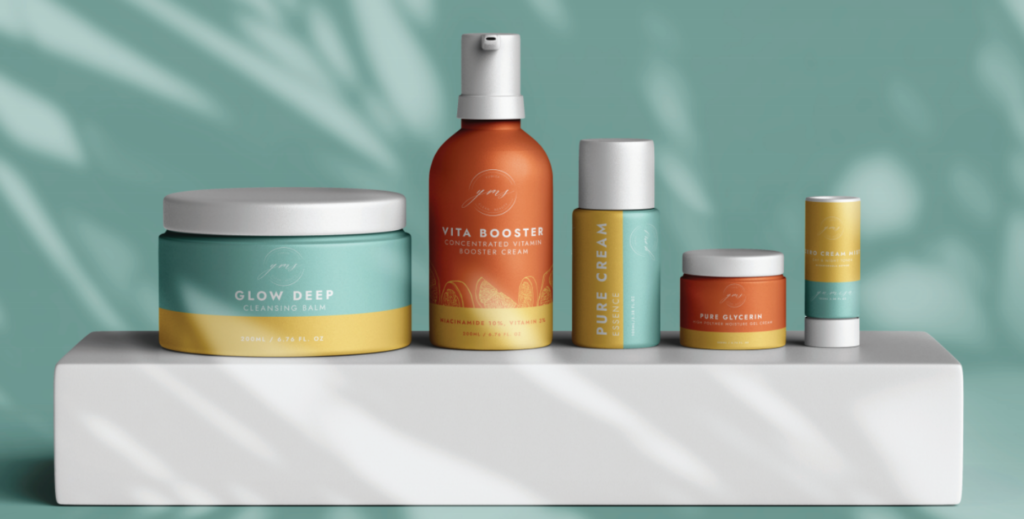
Benefits of OEM for Beauty Equipment Procurement
- Cost-effective: Purchasing straight from the manufacturer saves money by cutting out intermediaries and the markups that go along with it, as opposed to buying from distributors or merchants.
- Customization and branding: By working with an OEM, you may incorporate your branding components and modify the equipment to match your specific needs, resulting in a one-of-a-kind product that is consistent with your brand identity.
- Better control over the equipment’s quality is ensured by OEMs, who oversee the whole production process. To satisfy your criteria, you can conduct inspections and seek quality assurance certificates.
- Access to the newest technology: OEM in beauty products are frequently at the forefront of technical developments in the beauty sector, giving you access to state-of-the-art tools and breakthroughs that offer you a competitive advantage.
- Long-term cooperation: Working with an OEM can result in a long-term partnership that offers continuing support, training, technical help, and product upgrades.
- Flexibility in order amounts: Whether you need a small batch or a large production run, OEMs provide more flexibility in order quantities, allowing you to bargain depending on your particular demands.
Customization Possibilities with OEM Partners
- Product Design: Work with the OEM in beauty products to decide on the product’s dimensions, form, and style while including components of your brand.
- Functional Features: As required, add specialized features and alter the product’s performance metrics and functionality.
- Material Selection: Choose appropriate materials that will affect quality, weight, and durability by consulting with the OEM.
- User Interface and Controls: To guarantee a user-friendly experience and brand alignment, customize the software interfaces, control panel, and user interface.
- Packaging and Branding: Create eye-catching packaging that embodies your company identity and improves the way your products are presented.
- Regulatory Compliance: OEMs with regulatory knowledge may guarantee that the customized product satisfies certification requirements and industry norms.

Streamlining Supply Chain with OEM Services
- Simplified Procurement: Reduce the number of vendors and streamline your procurement process by sourcing all components straight from the OEM.
- Single Point of Contact: To simplify communication and save time, choose an OEM as your only point of contact for production and supplies.
- Enhanced Inventory Management: To optimize inventory levels, purchase directly from the manufacturer for greater insight into lead times, manufacturing schedules, and product availability.
- Improved Quality Control: If you source from an OEM in beauty products that oversees the whole production process, you’ll have more control over the quality of the product. Make inspections and requests for certifications of quality assurance.
- Effective Production Scheduling: Make use of OEM production planning and scheduling know-how to achieve optimal deadlines that guarantee on-time delivery and satisfy client demands.
- Personalization and Expandability: Tailor goods to fulfill particular needs and adjust to market trends. OEMs frequently provide scalable manufacturing capacities.
Quality Assurance in OEM Manufacturing
- Quality Management System: Create a strong QMS with clear goals, audits, and remedial measures.
- Evaluation of Suppliers: Examine suppliers’ records, certificates, and quality control procedures.
- Standards and Specifications: Clearly state the requirements, functionality, and performance of the product.
- Testing and Inspections: To ensure quality, carry out routine testing and inspections of samples.
- Process Control: Follow SOPs, conduct audits, and keep an eye on parameters to ensure consistency.
- Continuous Improvement: Take corrective action when necessary, evaluate metrics, and welcome criticism.
- Regulatory Compliance: Obtain the required certifications and meet industry standards.
- Supplier Performance Monitoring: Keep an eye on delivery and quality, and take swift action as necessary.
- Emerging Trends in OEM Solutions for Beauty Industry
- Clean and Sustainable Formulations: OEM in beauty products provide chemical-free, environmentally friendly, and sustainably based cosmetics.
- Customization and Personalization: OEMs provide customizable packaging, specialized skincare products, and custom hues.
- Technology Integration: Devices and formulas powered by technology are included in beauty products.
- Digital Engagement and E-Commerce: OEMs help companies by providing digital marketing, QR codes, and e-commerce packaging.
- Clean Beauty Certifications and Verification: To guarantee product safety and transparency, OEMs adhere to clean beauty standards.
- Inclusivity and Diversity: To accommodate a range of skin tones, hair types, and beauty requirements, OEMs broaden their product choices.
- Skincare-Driven Beauty: Manufacturers concentrate on skincare goods that address certain skin issues.
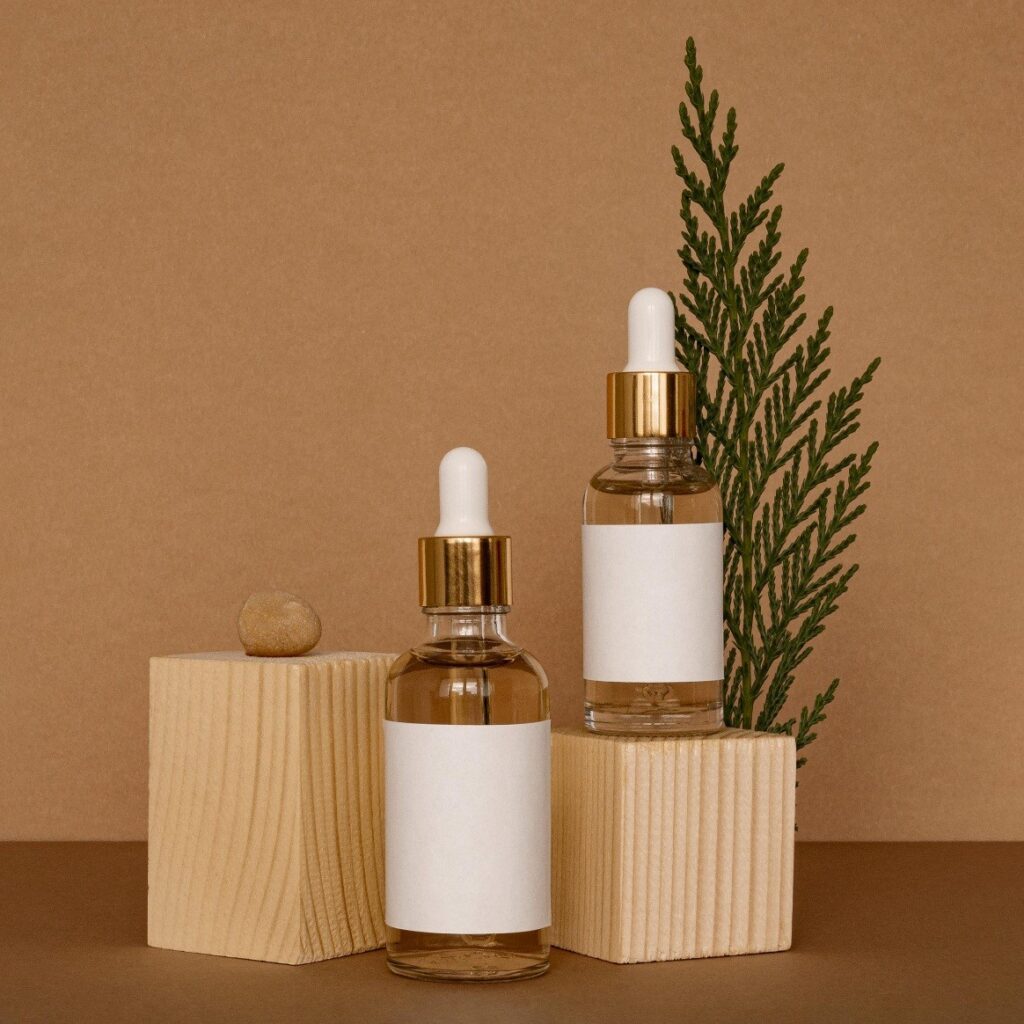
Read more: What is ODM? Ordering Cosmetic Items with ODM
introduction of Beperfect company.
Beperfect is a top producer and supplier of premium cosmetics and skincare items. Beperfect, which is dedicated to sustainability and innovation, provides a wide variety of formulae to meet the changing demands and tastes of the contemporary customer. In order to give its clients, the finest possible beauty solutions, Beperfect stays on top of industry trends and makes use of influencer marketing.

